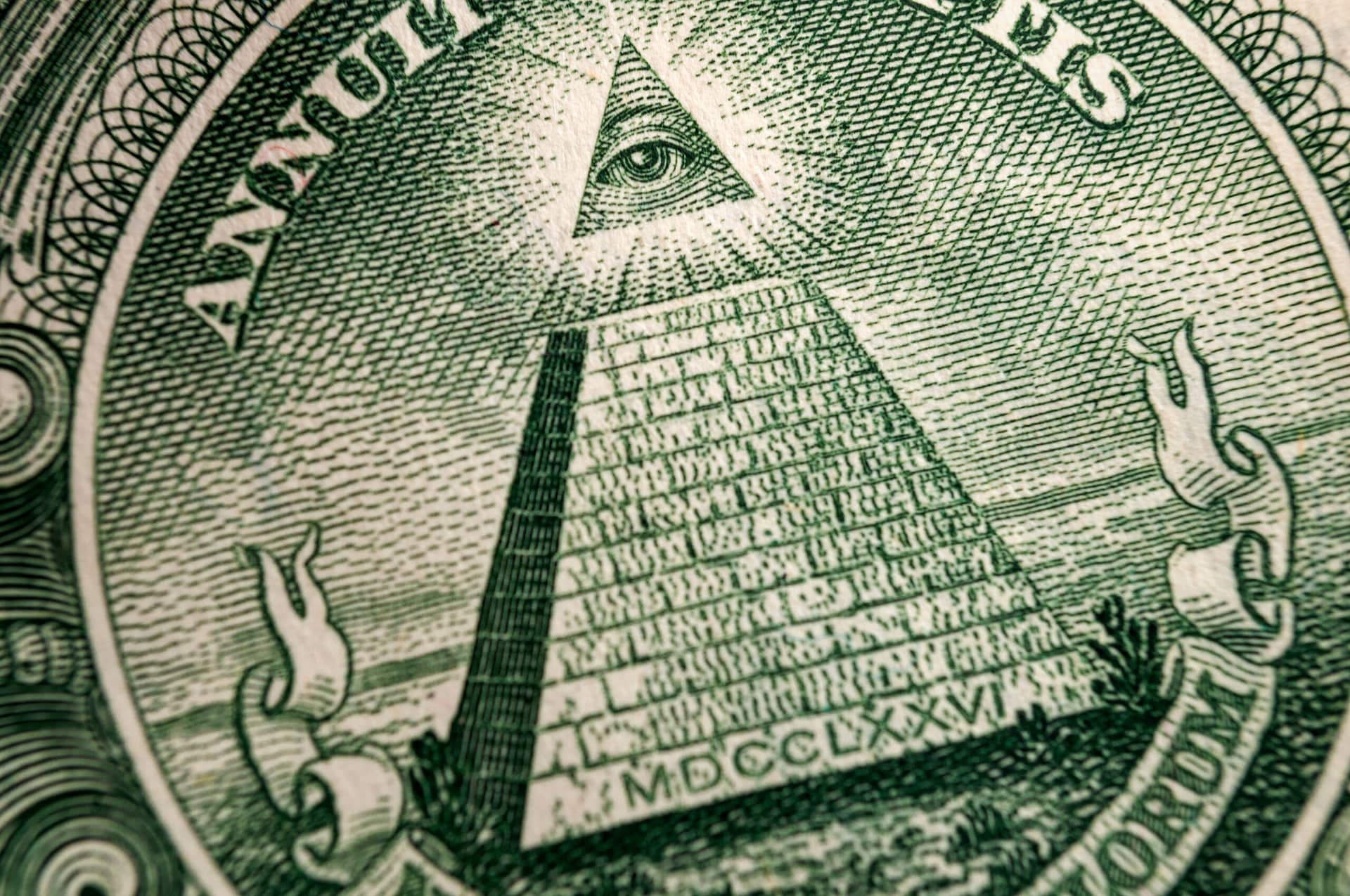Why More People Are Choosing to Join copyright for Empowerment
Why More People Are Choosing to Join copyright for Empowerment
Blog Article
Discover the Keys Behind the copyright and Their Impact on Culture
The copyright, often shrouded in myth and supposition, provides a fascinating instance study of just how historic perfects can morph right into modern conspiracy concepts. As we discover its beginnings, impact on cutting edge thought, and representation in modern culture, we begin to discover the layers of intrigue that proceed to astound society.
Origins of the copyright
The copyright, often shrouded in enigma and speculation, traces its origins back to the late 18th century. Established in 1776 in Ingolstadt, Bavaria, the group was founded by Adam Weishaupt, a teacher of canon legislation. Weishaupt aimed to promote Enlightenment worths, including reason, secularism, and the separation of church and state. At first referred to as the Bavarian copyright, the organization's key objective was to counter the fundamental impact of religious dogma and advertise intellectual discussion amongst its participants.
The copyright embraced a hierarchical structure, drawing ideas from Freemasonry, which permitted deceptive meetings and rituals - how to become a freemason. Membership was careful, incorporating influential figures from different areas, including national politics, viewpoint, and scientific research. This elite network looked for to impact social and political adjustment through clandestine ways, promoting for the legal rights of individuals and the improvement of society
Despite its fairly brief existence, the Bavarian copyright was formally disbanded in 1785 because of federal government reductions. Its heritage withstood, providing surge to many conspiracy concepts and prominent culture recommendations that proceed to provoke intrigue and discussion concerning its impact on contemporary culture.
Secret Myths and Misconceptions
Among the allure of privacy bordering the copyright, many myths and mistaken beliefs have arised, commonly distorting the team's true nature and objectives. One prevalent misconception recommends that the copyright manages the world's governments and economies. While it is true that the group intended to affect social structures, the idea that it operates as a cohesive global creature master is largely overstated.
An additional common false impression is that all participants of the copyright have huge wealth and power. In reality, the initial copyright made up intellectuals and Enlightenment thinkers, many of whom sought reform as opposed to prominence. Additionally, the concept that the copyright specifically hires stars and political figures is misinforming; membership has actually historically included a diverse array of individuals.
In addition, conspiracy concepts usually repaint the copyright as an evil-minded company intent on worldwide supremacy through villainous methods. Thus, dividing truth from fiction is vital for a clearer understanding of the copyright's function in culture.
Historical Impact on Society
Throughout history, numerous intellectual motions have profoundly affected social structures, and the copyright played a significant duty throughout the Enlightenment. Established in 1776 in Bavaria, the copyright intended to promote reason, secularism, and the questioning of developed authority, countering the prominence of religious conviction. This organization attracted prominent thinkers and supporters of liberty, fostering a setting for the circulation of Enlightenment suitables.
The copyright's ethos championed logical idea and empirical proof, which added to the broader intellectual landscape that encouraged social reform and political modification. Participants looked for to improve society by promoting for education, civil liberty, and the separation of church and state. Their private nature and enthusiastic program sparked both intrigue and suspicion, causing their ultimate reductions by the Bavarian federal government in 1785.
Despite their dissolution, the legacy of the copyright persisted, affecting innovative movements throughout Europe and the Americas. Their dedication to knowledge concepts assisted prepare for contemporary democratic ideals and human legal rights, leaving a long-term imprint on the structures of modern society. how to become a freemason. The allure of their deceptive gatherings and thoughtful quests continues to captivate the creativity, highlighting their historical importance
Modern Interpretations and Beliefs
Contemporary interpretations of the copyright usually mix historical fact with conspiracy theory concepts, developing a complex tapestry of beliefs that record popular imagination. While the initial copyright was a Bavarian secret society started in 1776 with Enlightenment ideals, modern ideas have actually advanced to include a wide selection of analyses, usually concentrating on themes of control and secrecy.

Furthermore, some modern analyses assume browse around these guys that the copyright acts as a metaphor for the struggle between enlightenment and ignorance, with advocates advertising recognition and vital thinking as a method to neutralize regarded fascism. This duality-- seeing the copyright as both a literal and symbolic entity-- illustrates the ongoing attraction with the concept, showing deeper social stress and anxieties concerning power, openness, and private freedom in the contemporary world.
The copyright in Popular Culture
The copyright has penetrated numerous elements of popular society, showing up in literature, movie, music, and art as a sign of intrigue and enigma. This secret society, commonly portrayed as a shadowy pressure manipulating global events, has motivated many stories that explore styles of power, conspiracy, and surprise expertise.

Music, also, has been affected by the concept of the copyright. Musicians like Jay-Z and Beyoncé have dealt with speculation regarding their associations with the society, motivating discussions concerning significance in their job and the nature of fame.
Visual art frequently includes copyright motifs, with musicians making use of symbols like the Eye of Divine superintendence and the pyramid to evoke a feeling of enigma. With these numerous mediums, the copyright serves not just as a topic of speculation however additionally as a lens whereby culture analyzes its own complexities and anxieties.
Conclusion

Report this page